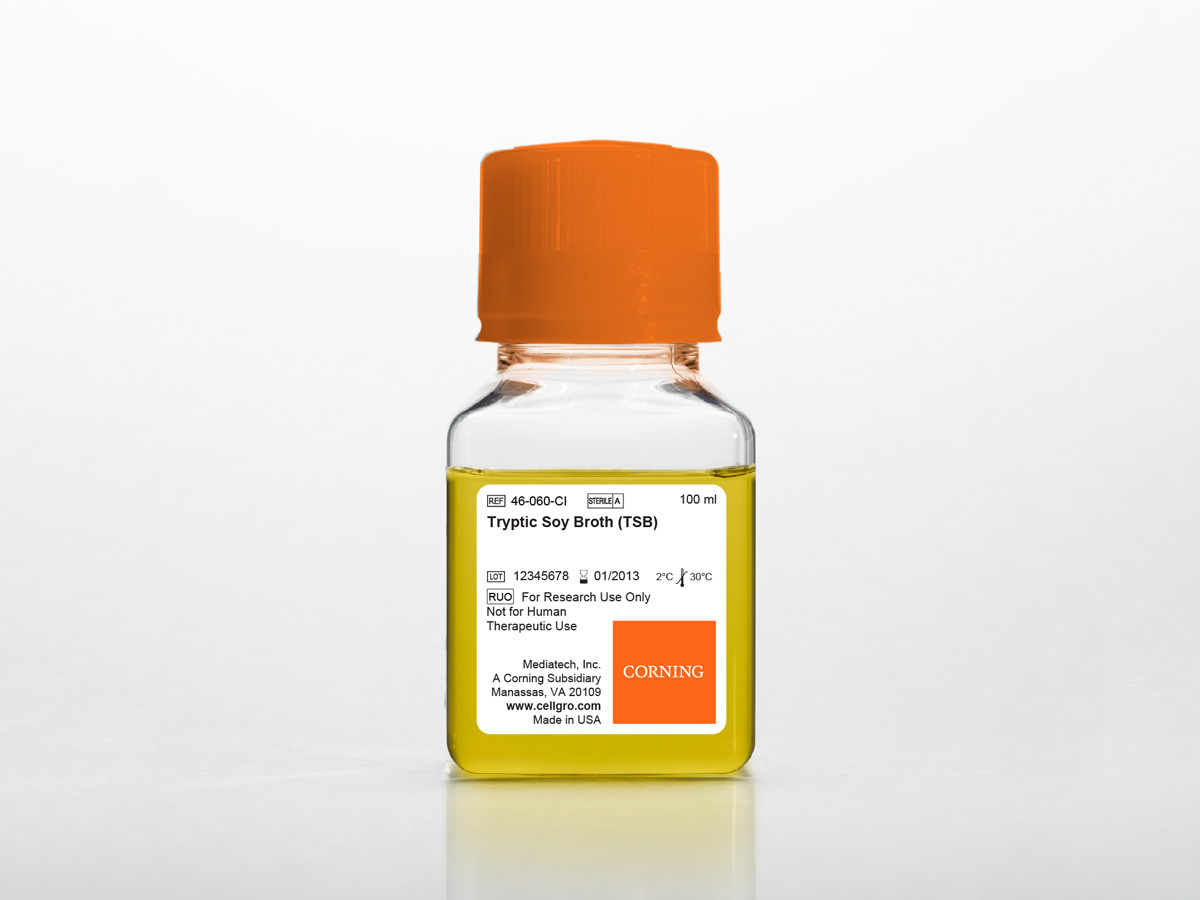

9078, 7 as promising antifilarial drug leads that kill the adult B. 17944 6 and the depsipeptide WS9326D from Streptomyces sp. 5 Subsequent bioassay-guided dereplication of two of the active strains resulted in the discovery of two natural product scaffolds, represented by tirandamycin (TAM) B ( 1) from Streptomyces sp. malayi AsnRS ( BmAsnRS), we recently completed a high-throughput screening campaign of ∼73 000 microextracts, from a collection of 36 720 microbial strains, for activity against the recombinant BmAsnRS. 2, 3, 4, 5 As part of a drug-discovery program targeting B. malayi is considered an excellent antifilarial target because (i) it is highly expressed in all stages of the parasite life cycle, (ii) it is biochemically and structurally well characterized and (iii) it shows significant structural differences in comparison with human and other eukaryotic aminoacyl-tRNA synthetases. 1 The asparaginyl-tRNA synthetase (AsnRS) in B. Lymphatic filariasis, also known as elephantiasis, is caused primarily by two related parasites, Brugia malayi and Wuchereria bancrofti, and represents a worldwide health crisis with over 200 million people infected and another 20% of the global population at risk of infection. The current study also serves as an excellent reminder that traditional medium and fermentation optimization should continue to be very effective in improving metabolite flux and titer. These findings shed new insights into the structure–activity relationship of TAM B as a BmAsnRS inhibitor, highlighting the δ-hydroxymethyl-α,β-epoxyketone moiety as the critical pharmacophore, and should greatly facilitate the production and isolation of sufficient quantities of TAM B for further mechanistic and preclinical studies to advance the candidacy of TAM B as an antifilarial drug lead. 17944 in six different media, (ii) identification of a medium enabling the production of TAM B as essentially the sole metabolite, and with improved titer, and (iii) isolation and structural elucidation of three new TAM congeners. We now report (i) the comparison of metabolite profiles of S. malayi parasites and does not exhibit general cytotoxicity to human hepatic cells. 17944 as a Brugia malayi AsnRS ( BmAsnRS) inhibitor that efficiently kills the adult B. Sodium Chloride maintains osmotic balance Dipotassium Phosphate is a buffering agent.įor Casein Soya Bean Digest Broth QC tested according to the USP/EP/JP methodology and requirements, please use NCM0004.We have recently isolated tirandamycin (TAM) B from Streptomyces sp. Dextrose is the carbon energy source that facilitates organism growth. TSB is recommended for testing bacterial contaminants in cosmetics and complies with established standards in the food industry.Įnzymatic Digest of Casein and Enzymatic Digest of Soybean Meal are nitrogen sources in TSB. Clostridia and non-sporulating anaerobes grow luxuriantly in this broth when incubated under anaerobic conditions. This medium was originally developed for use without blood in determining the effectiveness of sulfonamides against pneumococci and other organisms. Tryptic Soy Broth, a general purpose medium, is commonly referred to as Casein Soya Bean or Soybean- Casein Digest Broth, and abbreviated as TSB.

Tryptone Soy Broth (TSB) is a general-purpose broth which will support the growth of a wide range of micro-organisms and is not intended for use in the diagnosis of disease or other conditions in humans.


 0 kommentar(er)
0 kommentar(er)
